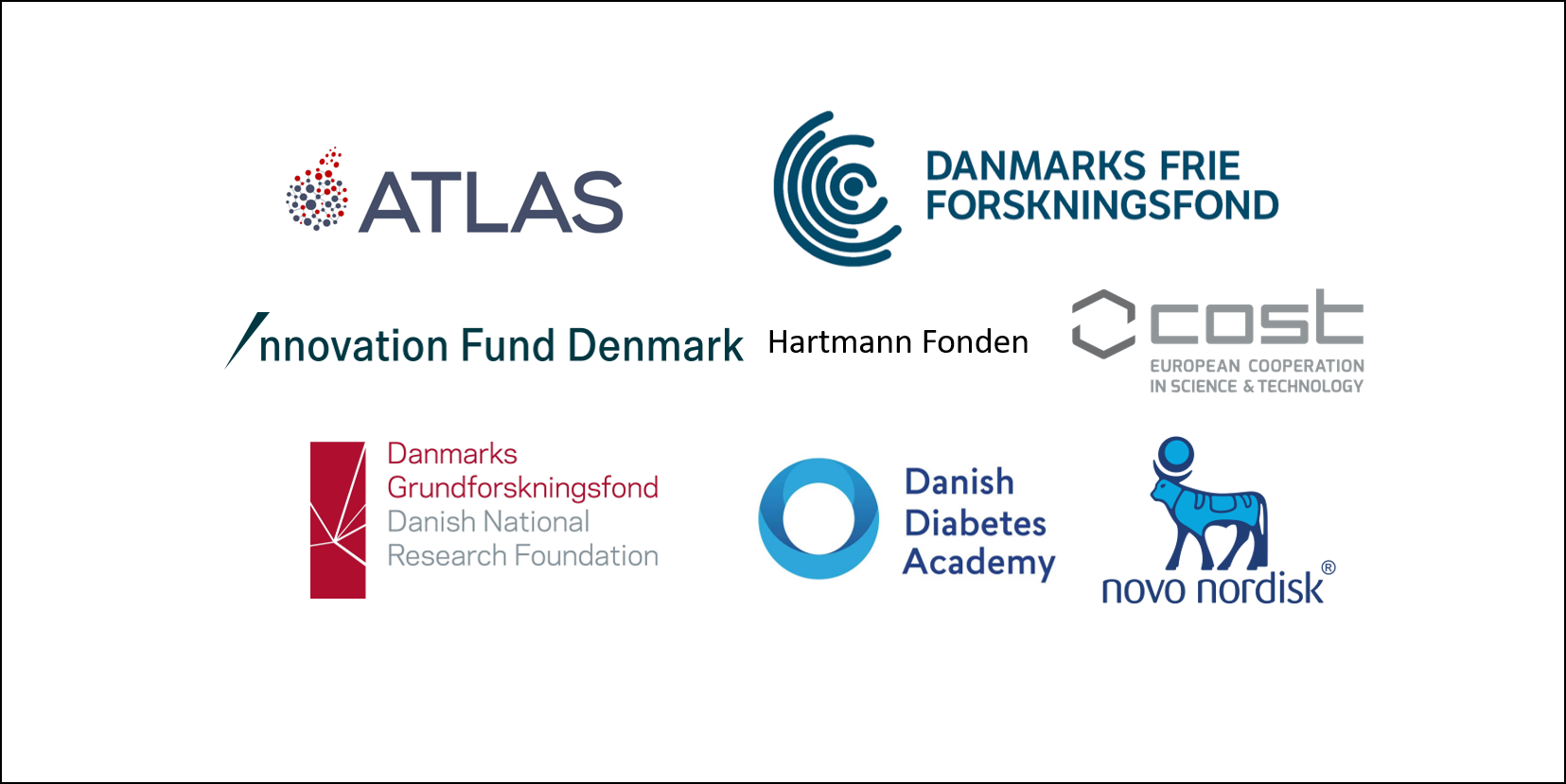Perivascular GPCR signaling in healthy and fibrotic tissue
G protein-coupled receptors (GPCRs) are the largest superfamily of proteins in the human genome. GPCRs are cell surface receptors involved in cellular perception of the surroundings and play essential roles in physiology at the cellular, tissue- and organismal levels. More than a third of all FDA-approved drugs currently target GPCRs to ameliorate various disorders.
I this project we identify and target GPCRs with impact on liver fibrogenesis. In the process we aim at understanding receptor function in normal tissue physiology as well as in the development and resolution of chronic liver disease. We wish to apply the knowledge gained from this project to the identification of feasible targets for therapeutic intervention in human liver disease.
Project description by Ph.D. student Kamilla H. Hejn
Severe liver fibrosis (cirrhosis) is estimated to be the annual cause of 170,000 death incidents worldwide. Current treatment strategies of liver cirrhosis are limited and, thus, new therapies are warranted. Cirrhotic patients are at high risk of developing fatal portal hypertension (PH). Active contraction of hepatic microvasculature and passive obstruction of blood flow by extracellular matrix (ECM) deposition are main contributors to PH. Hepatic stellate cells (HSCs) are activated during fibrosis and transdifferentiate into ECM-secreting myofibroblasts with altered contractile properties. G protein-coupled receptors (GPCRs) are a family of surface proteins known for their potential as drug targets. Downstream signaling of stimulatory GPCRs (GsPCRs) through soluble guanylate cyclase (sGC) and cGMP in HSCs triggers vasodilation and prevents fibrosis. In the Ravnskjaer Lab we employ bulk and single cell transcriptomics to investigate the putative role of GsPCR-cyclic signaling related to maintenance of HSCs quiescence and vasodilation. Insights herein might show therapeutic potential for GPCR targeting of HSCs to treat liver cirrhosis, portal hypertension, and associated comorbidities.
Figure text
Immunofluorescent labeling of healthy murine liver for a HSCs specific GsPCR (Red), HSCs (green), and nuclei (DAPI) at 40x.

-
![Ravnskjaer group fundings]()
Ravnskjaer Group fundings
